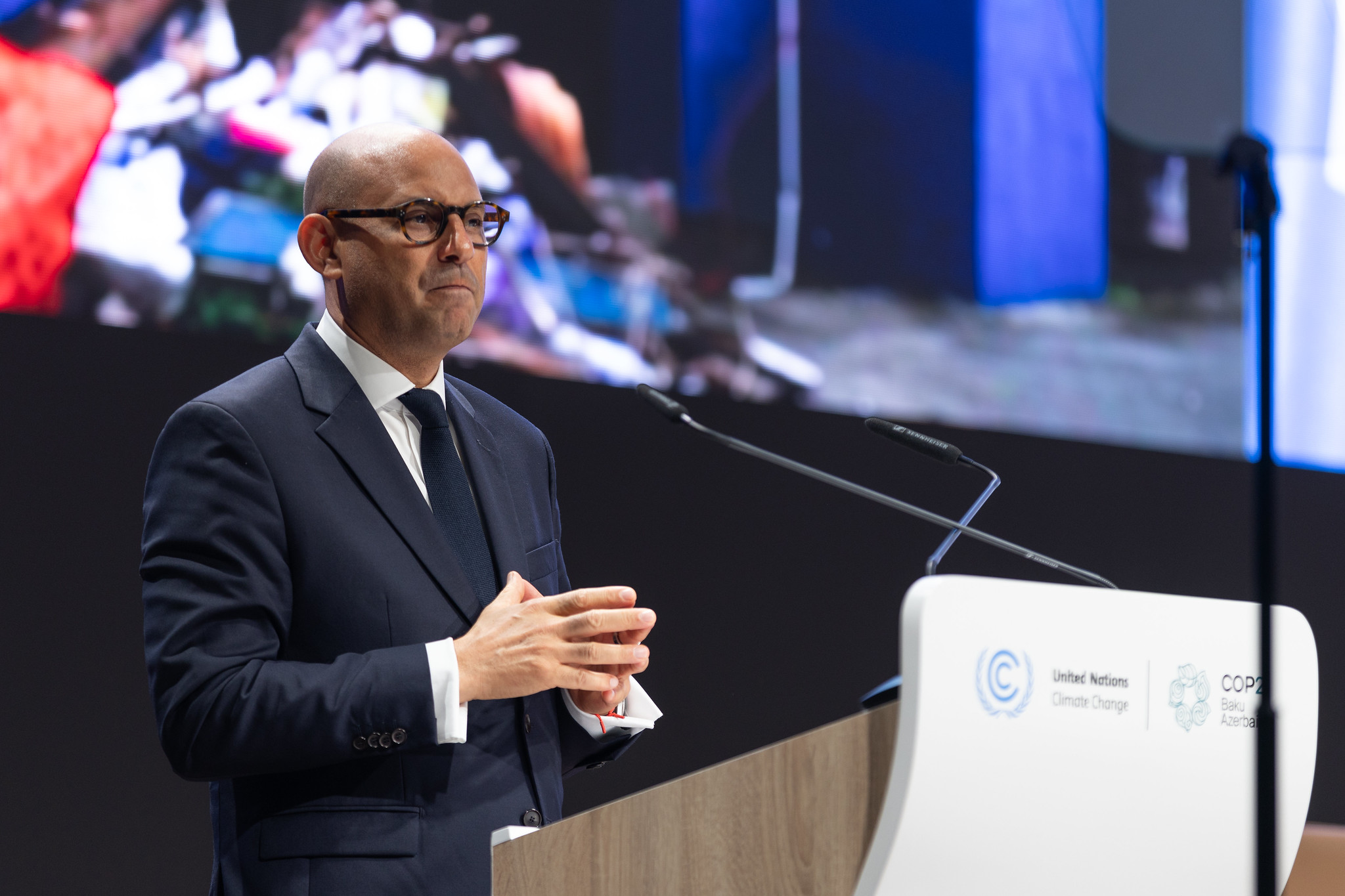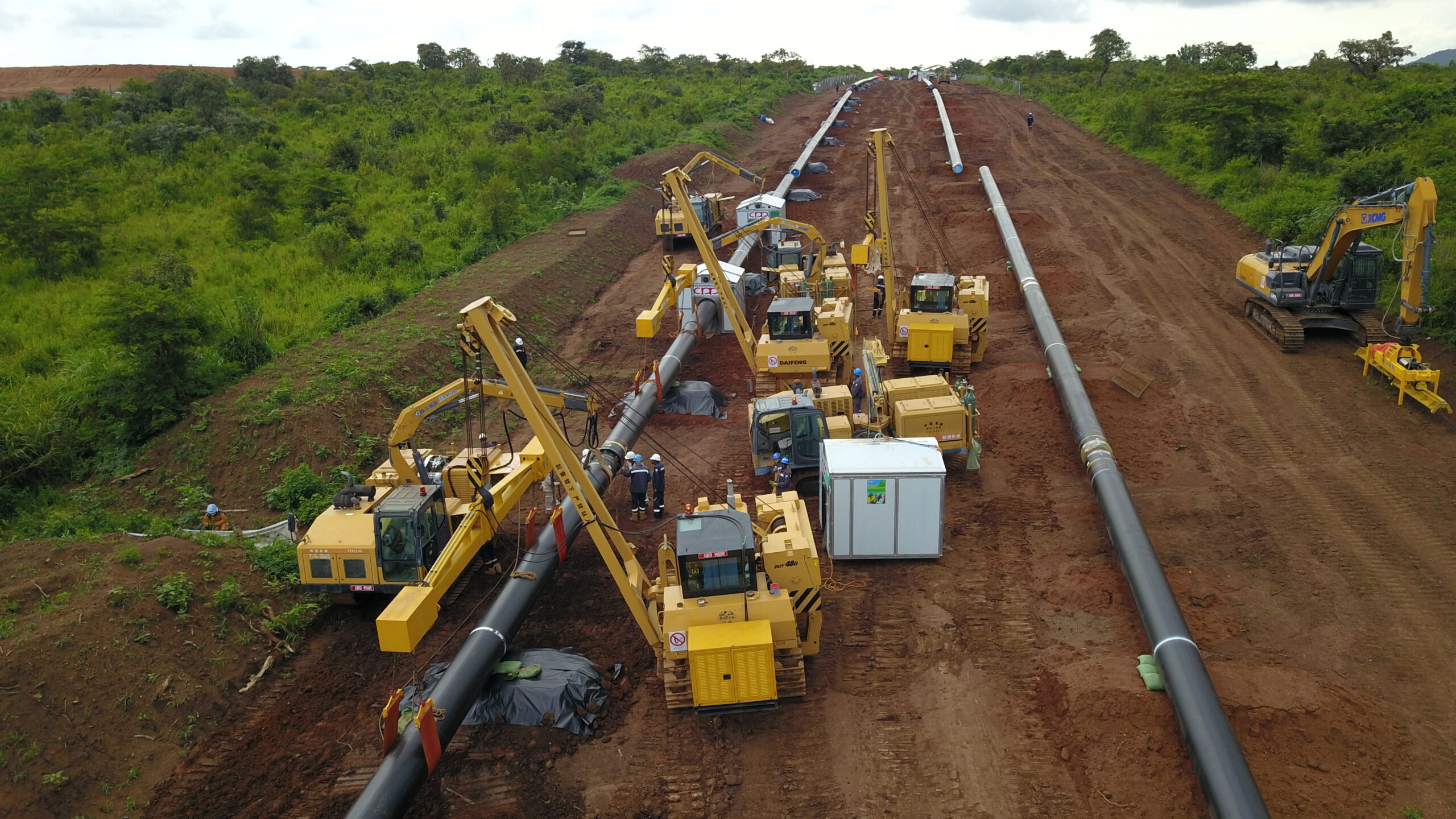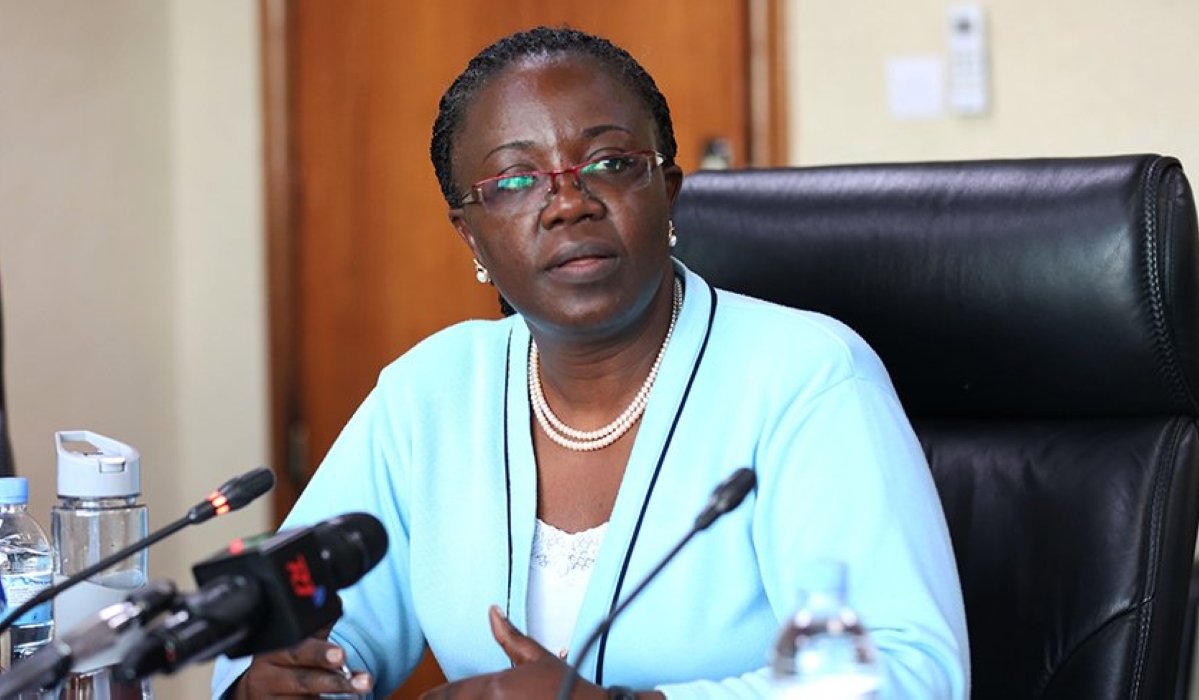Climate Finance as Buffer Against Inflation: Do Countries Have a Choice?

On the second day of the 29th Conference of the Parties to the United Nations Framework Convention on Climate Change (UNFCCC), popularly called COP29, UNFCCC Executive Secretary, Simon Stiell has asked countries to treat climate finance as insurance against inflation citing its toll on the unresolved cost of living crisis. His communication was clear, as it has always been even with the UN boss, Antonio Guterres and the door seems to have been opened wide enough for the biggest players to respond more so the Annex I and II parties, where the world’s developed countries fall. Many are now anticipating a perfect response from the biggest economies and polluters that are quoted for having fallen short of the $100 billion pledge per year for climate finance to developing countries.
Apparently, it looks like parties to the UNFCCC and subsequent arrangements such as the Paris Agreement and other major declarations will have to behave more like central banks that shift monetary policies to ensure a stable economic outlook. The Global Environment Facility (GEF), Green Climate Fund (GCF), and other bodies tasked with the financial obligation shall be raising their palms wide open to receive such contributions.
As COP29 takes shape in Baku, the climate finance discourse has started from the peak of the curve and it maintains centre stage considering the improved demand for finance to cater for adaptation and mitigation of climate change. For many African countries such as Uganda, much of the need is clearly adaptation, just as its Nationally Determined Contribution illustrates. Amidst worsening climate impact and more signs of warry highlighted by Celeste Saulo, during the World Meteorological Organization’s (WMO) 2024 State of Climate Update, the correlation between economic collapse and climate change is clear.
“The climate crisis is a cost-of-living crisis. Because climate disasters are driving up costs for households and businesses.” UNFCCC Executive Secretary, Simon Stiell said in part during his speech at the World Leaders Climate Action Summit at the ongoing COP29.
He further figuratively illustrated the cost of climate impact on economic growth. With 5 percent of several countries’ economic productivity swept away by climate change, there is dire need to consider climate finance as a buffer against inflation that has held all continents at ransom since 2019. For the developing countries in Africa, hyperinflation makes it even worse having almost normalized the trend as big currencies facilitate transactions in Zimbabwe, Uganda, and Tanzania for instance.
What 5% of GDP Loss to Climate Change means for Uganda
According to WMO, 2024 is on track to being the warmest year on record. With 2015-2024 the warmest in the 10-year band, there are severe implications on socio-economic fronts. Severe weather events such as heavy rains and floods, heat waves and droughts will impact several sectors such as agriculture, transport, health, energy and the cost of living as commodity and service prices rise upon market and supply chain shortages.
In Uganda, recent events such as the washed away Katonga bridge due to flooding of River Katonga brought transport and business to a standstill. Cutting off links to Rwanda, Tanzania, DRC and Burundi. Riverine communities such as those around River Kafu persevered flooding that immersed houses and agricultural fields. In Kenya and Tanzania, a similar crisis has been ongoing. Coastal Mombasa submerged and Jangwani in Dar es Salaam became a reference point as it is in Kampala.
To put this into better context, Uganda’s Gross Domestic Product (GDP, simply call it the value of economic activities within) is reported at $50 billion, that is UGX 183.8 trillion. A 5% loss of that GDP is equivalent to UGX 9.2 trillion and the country’s 2024-25 budget is UGX 72.1 trillion. Simple math would show a clear gap to effectively fund such a budget which appreciates every financial year, and further dented by corruption yet it’s facilitated by both domestic revenue and external borrowing. With the latter, interest, principal and commitment fees are already having a toll on the debt burden. Unfortunately, the country’s revenue target is always unmet. A case in point, in FY 2023-24, Uganda Revenue Authority managed to collect UGX 27.725 trillion, against a target of 29.6 trillion. A 5% GDP loss thus makes it even worse.
UGX 9.2 trillion loss to climate change would imply that several budget programs would have allocations cut further or completely unfunded. On the other hand, it would fund a number of programs. Energy development, information and communications technology, integrated transport infrastructure and services where both marine and road transport is needy. Mineral development as the country seeks its critical mineral reserves, science, technology and innovation, agro-industrialization among other components.
The much-needed renewable energy in green growth would be bolstered upon improved investment. In the recently concluded Renewable Energy Conference 2024, the Commissioner, Geothermal Resources Department, at the Ministry of Energy and Mineral Development, Godfrey Bahati informed that the government needs to derisk the renewable energy sub-sector to attract maximum private sector investment in the 27 areas for geothermal energy production. Despite big works at Panyimur and Kibiro, there is need for improved funding to offset geological risks. Investment fell from 14 to just 2 investors to date.
Better funding in such sectors would drive further economic growth. More jobs and green jobs, affordable and accessible services such as electricity, transport, education and healthcare. In the current financial year, UGX 516.78 billion was allocated to support not only climate change mitigation, but also natural resources, environment and water resources management. As the impact explodes, improved funding will be required to also serve adaptation and disaster response. Take the Bududa, Kasese landslides and Kiteezi waste collapse as examples. As such, climate finance becomes critical and Simon Stiell’s call for it to be treated as cushion against inflation becomes more valid.
Both developed and developing countries have a role to play towards better climate finance coffers. However, contest has always been on the share of contribution, as if it were a stock exchange. Whether the agenda setting will be followed by tangible results, cementing the aspirations in the New Collective Quantified Goal on Climate Finance, the perfect answer will be recorded at the fall of the 2 weeks and hopefully the results won’t be similar to indecision that highlighted the 16th UN Biodiversity Conference in Cali (CBDCOP16).




